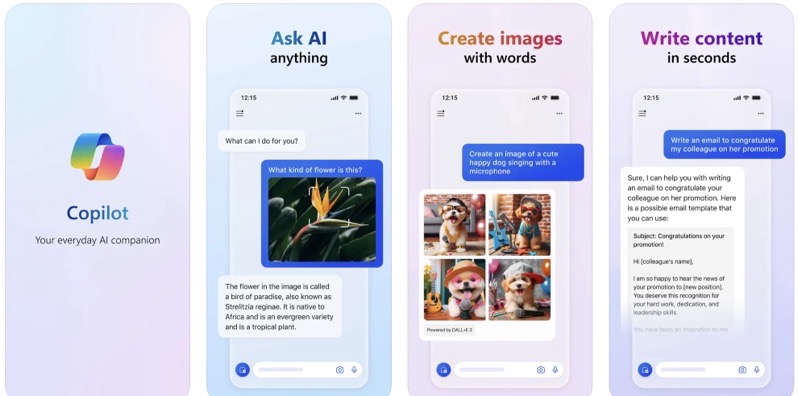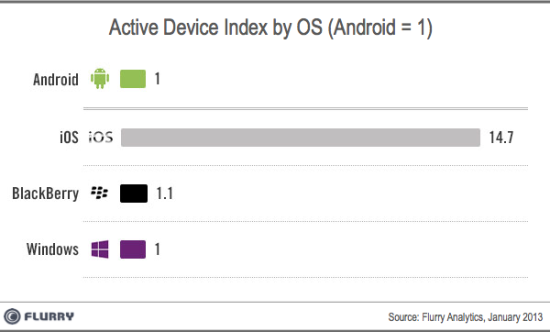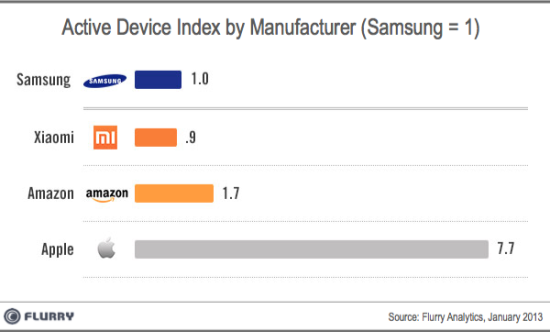
This is Why Indie App Developers Choose the App Store
So you are a developer with a great idea, a laptop and some money, and you want to optimize your app to function well on the majority (let’s say 80%) of the connected mobile devices currently in use. How many different models you need to support? 156, Flurry’s recent study reveals.

If you are okay with offering support for 60% of all active devices you still need to purchase 37, while lowering support to 50% means 18 devices. But if your goal is to support 90% of all active devices – you will need to deal with 331 different models. That’s quite an amount, right?
This is one of the major reasons why developers tend to prefer iOS, despite the adaption requirements for different versions of the same platform. And this market fragmentation is the major reason why small developers are falling behind when it comes to competing with larger companies: Their apps won’t work at all or won’t work well on most device models.

The best option: Apple’s iOS. This is why we could see the renaissance of games developed by indies, but with the App Store’s growth the image has suffered a slight change.
With iOS, developers have the opportunity to focus on the device models used by the greatest number of people. To put that in numbers: iOS platform averages 14 times the number of active users compared to device models running on Android.


Another statistic: Although Samsung is the No. 1 smartphone OEM, Apple device models have more than seven times as many users as Samsung device models, and four times as many as Amazon device models.
In addition, iOS devices lead the sessions per active device index, and the sessions per active device manufacturer as well, as measured by Flurry.
But, of course, if you only opt to develop for iOS, you “limit” yourself to the 500 million iOS users…

